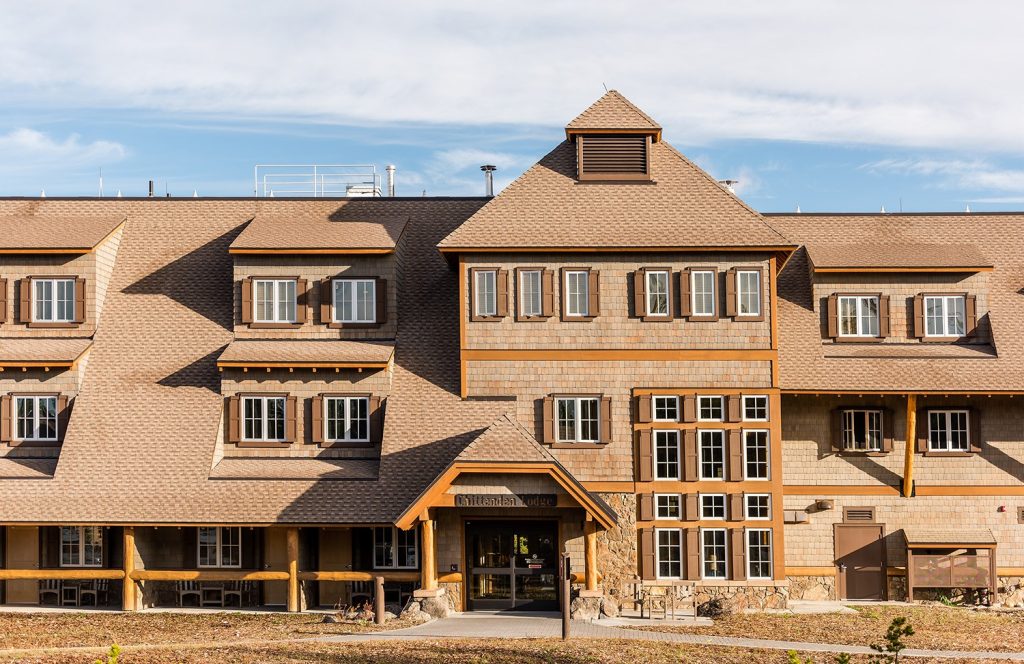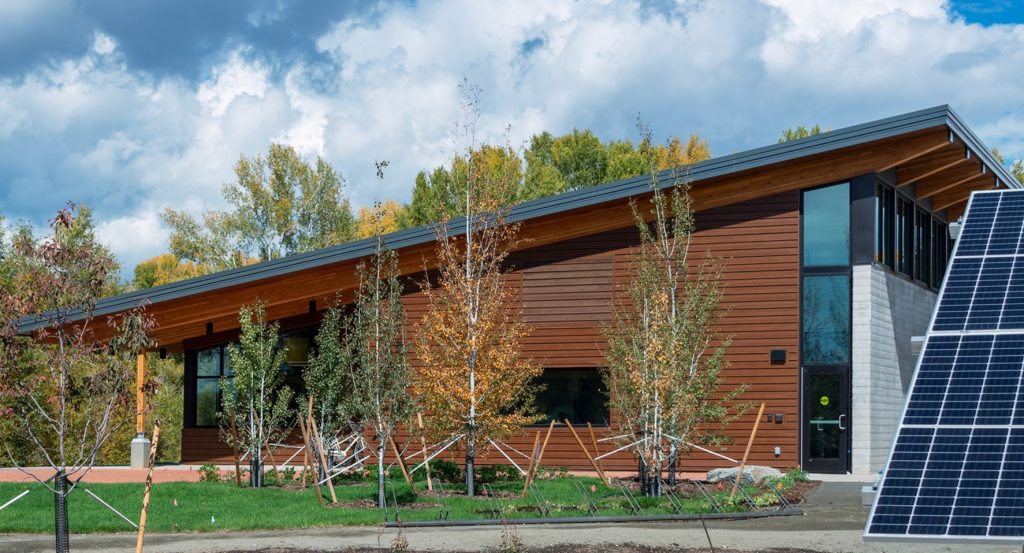It’s hard to imagine an inanimate object capable of being loved, but let me share my viewpoint.
They matter! Louvers are used in both intake and exhaust applications for HVAC systems. Without louvers, we would have large openings on the side of the building with screens, allowing all the snow and rain to enter. So, how does a louver keep all the driving rain and snow out of the building? Louvers have varying blade shapes that provide different performances. All louvers are tested via a standard test to determine the point at which water will pass through. The air velocity in which water passes through a louver varies anywhere from 300 feet per minute (fpm) to over 1,000 fpm. When an engineer sizes a louver, they size one such that the velocity of airflow will remain below the tested penetration threshold. The louver plays an important role in keeping water out of the building.
Louver sizing is also impacted by the amount of free area they provide. Louvers are rated with pressure drops, which need to be calculated in the sizing of fans within the mechanical system. A louver that has a high-pressure drop increases the need for a larger fan and more energy usage. A louver with a low-pressure drop allows for less fan energy. Who doesn’t love something that takes less energy?
Louvers come in all shapes, sizes, and colors. They want to be sized to reduce the water penetration and pressure drop, but you can integrate them into the context of the building. There are rectangular ones, square ones, round ones, triangular ones, and, in the spirit of love, diamond-shaped ones.



When I was a young engineer, spell check was a new tool. And on one project, all of the keynotes referencing louvers were autocorrected to “lovers.” The contractor had some fun with this, and I am now on the lookout for “lovers” on projects.
–Denise M. Dihle, PE, 360 Engineering Founder, President, Principal

